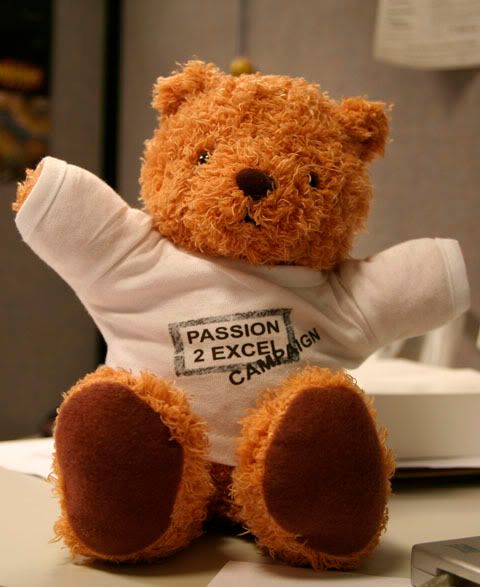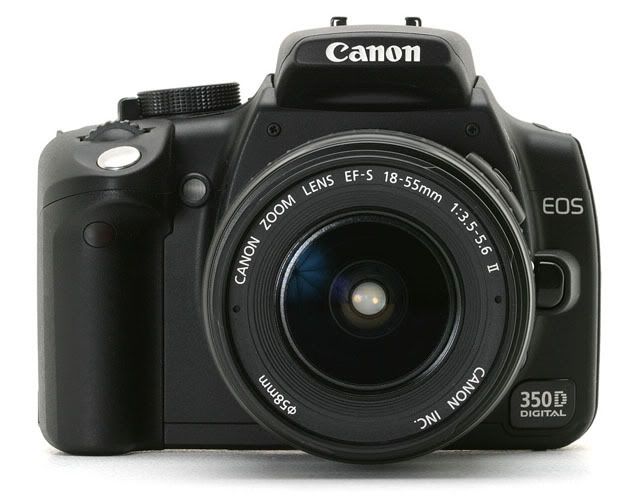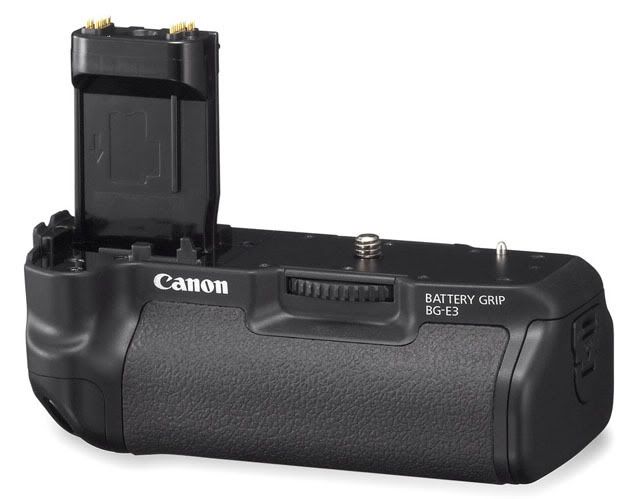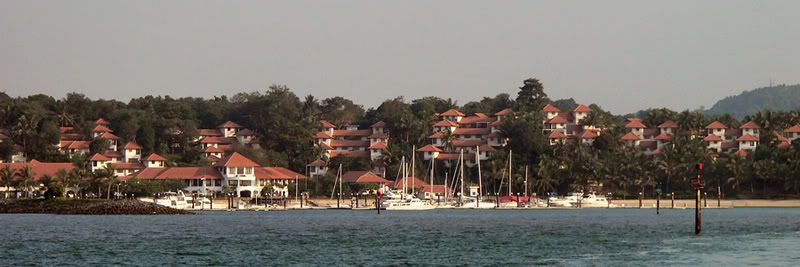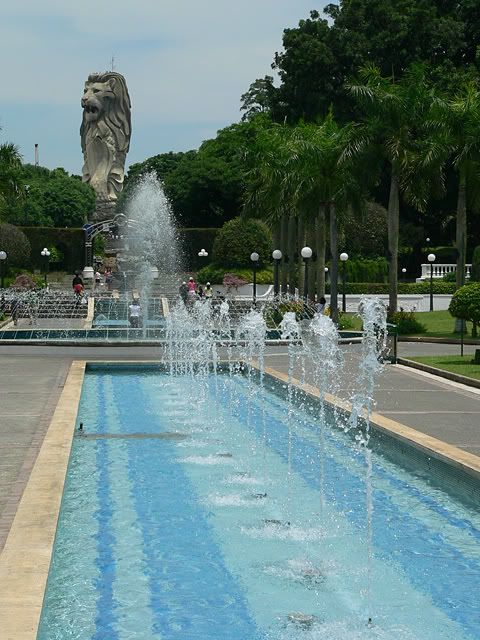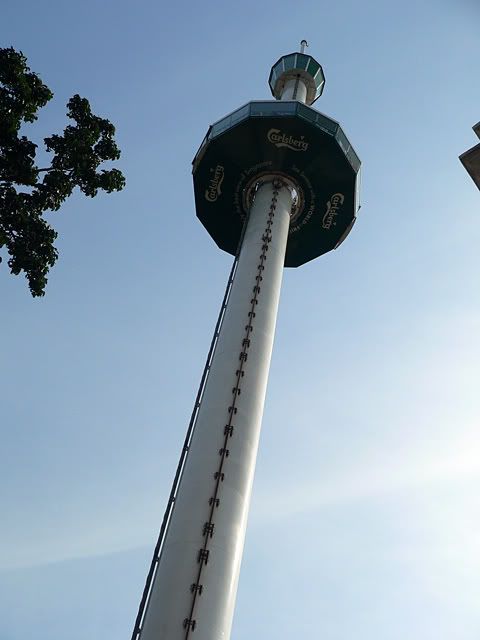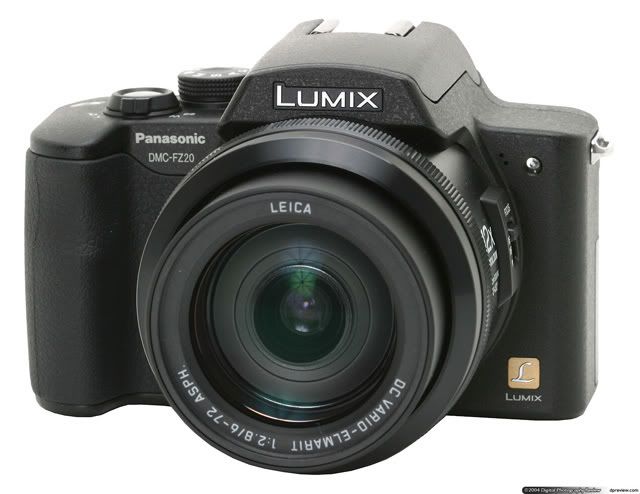To be frank, I still like the FZ20's Leica zoom. Do you know that in DSLR world, a 12x zoom lens (36 - 432mm) with f/2.8 constant aperture size could cost you a BOMB! Say a Canon "L" lens
EF 70 - 200mm with f/2.8 could cost around SGD2,000. Don't play play, ok!
So what is Aperture?
Its function to help camera to collect light reflected from an object. The aperture of a lens is the diameter of the lens opening and is usually controlled by an iris. The larger the diameter of the aperture, the more light reaches the image sensor. Hence, f/2.8 has a larger diameter and f/22 has the smaller diameter. Any aperture value below f/2.0 (e.g. f/1.4, f/1.8, etc.), I classify the lens as "Fast" lens because it has larger diameter of the aperture which can collect light in a short period of time.
Advantages having a fast lens:
- Ability to capture object in low-light condition
- Allow you to engage a faster shutter speed to freeze action
- Great shallow depth of field (DOF) such as sharp object with blurry background
I presume you have read the previous post about problems that I encountered. Even though, it had f/2.8, it was still unable to capture object in low-light condition due to limited ISO setting, up to ISO400 only. In addition, the image taken at ISO400 was way too grainy, especially night shots. At time, I was very fustrated as I am very particular about image quality.
So I started to read more about DSLR camera. I found most of the DSLRs offer a wide range of ISO (100 - 1600) and have better image noise control even at higher ISO. By the way, ISO describes the sensitivity of the image sensor towards the amount of light present. The higher the ISO value, the more sensitive the image sensor. At higher ISO, the camera amplifies the electronic signal on the image sensor which can cause side effect of image noise. Hence, I would highly recommend everyone to start at the lowest possible ISO given sufficient amount of light.
So I decided to replace my DMC FZ20 with a digital SLR. To settle down which brand and model of DSLR system, I read a lot of reviews from dpreview and dcresource websites. Here was my criteria:
- Low noise even at higher ISO (the most important)
- Negligible shutter lag
- Excellent color and contrast
- At least 8 megapixels
- Reliable and reputable brand
- Faster read/write speed
- AF-assist beam
- Fast start-up
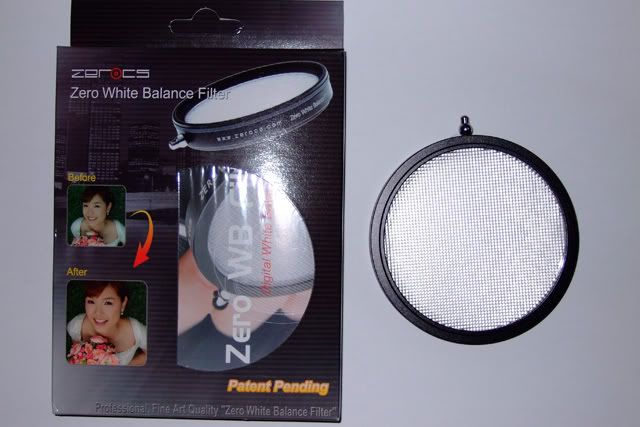 Recently, I bought a white balance filter called "Zerocs". It helps me to get accurate color in difficult lighting and removing color casts, so that objects which appears white in person are rendered white in the photo. Thus, it reduces or eliminates the need for post-processing on color adjustment. Sometimes, the camera fooled by the lighting and unable to deliver consistent accurate color result.
Recently, I bought a white balance filter called "Zerocs". It helps me to get accurate color in difficult lighting and removing color casts, so that objects which appears white in person are rendered white in the photo. Thus, it reduces or eliminates the need for post-processing on color adjustment. Sometimes, the camera fooled by the lighting and unable to deliver consistent accurate color result.